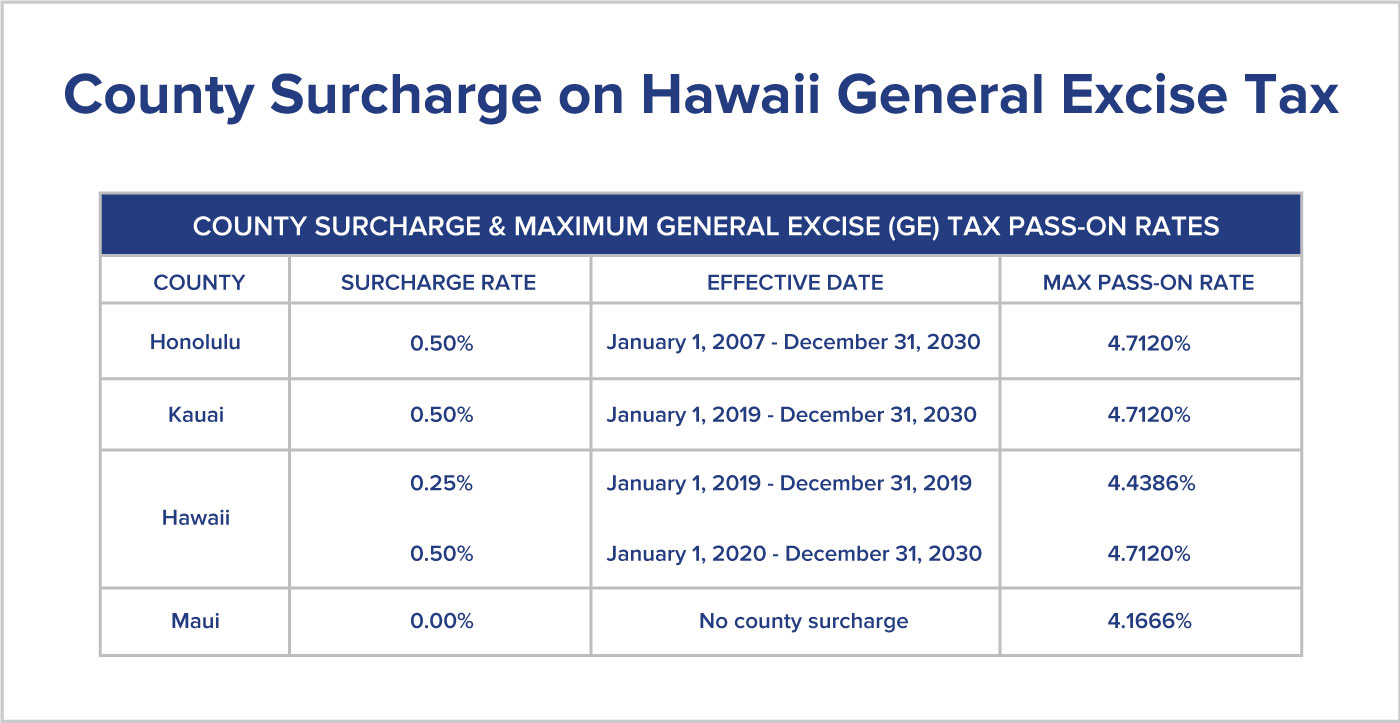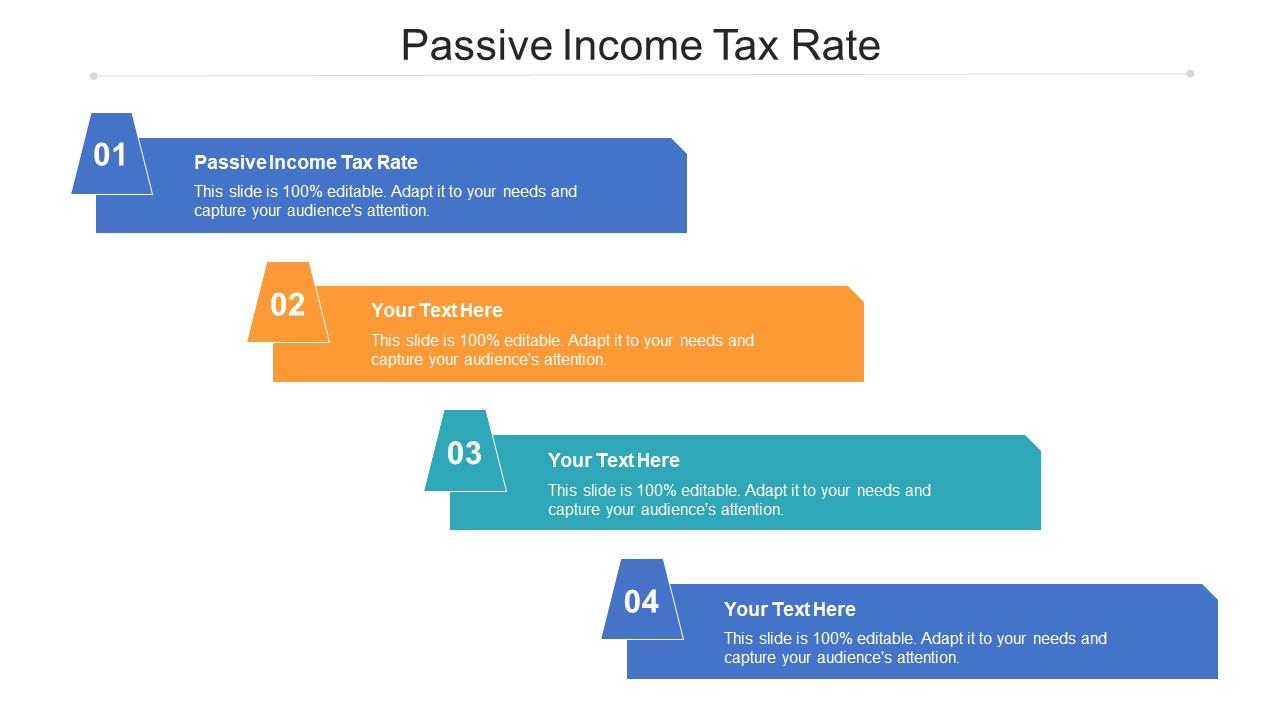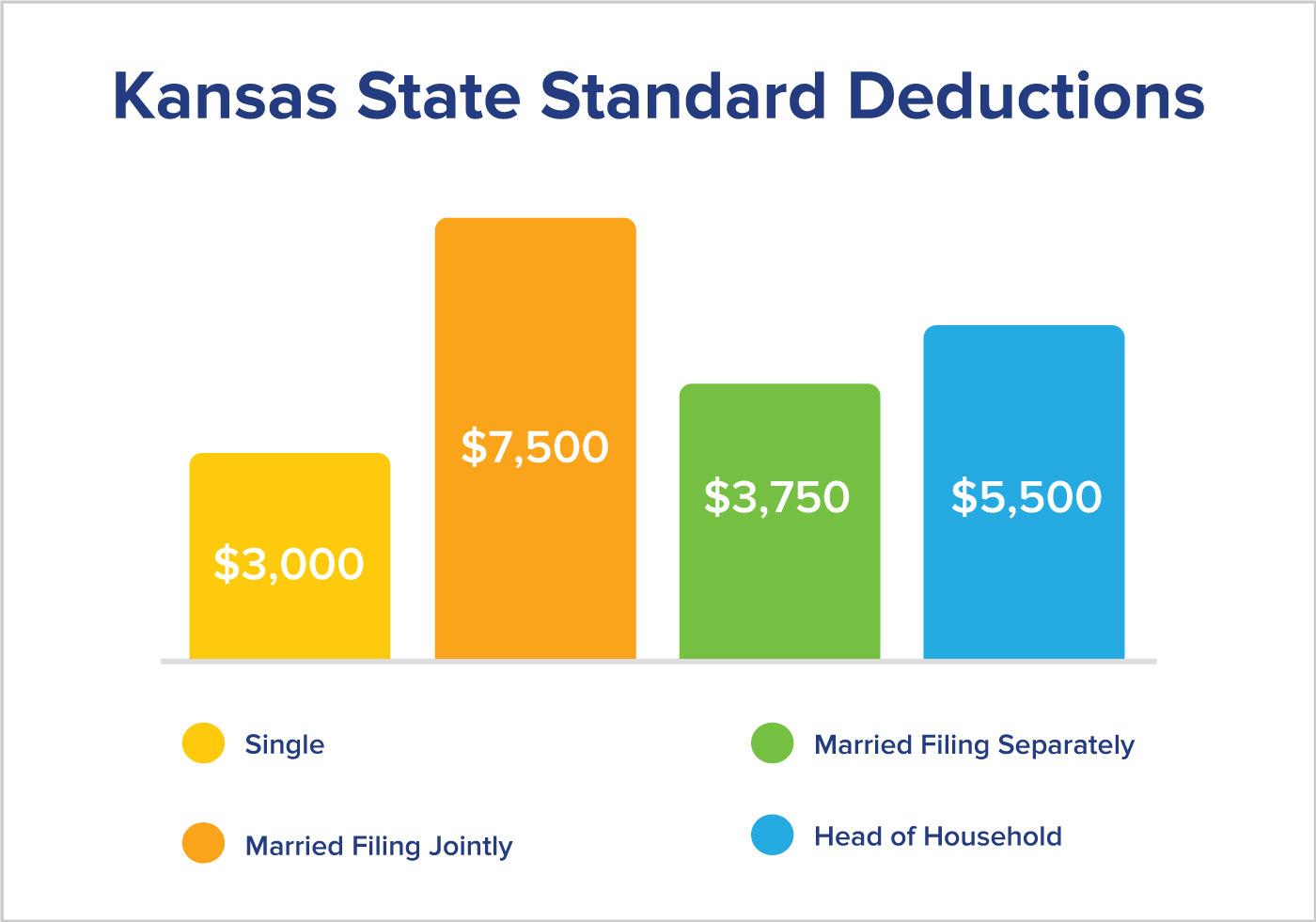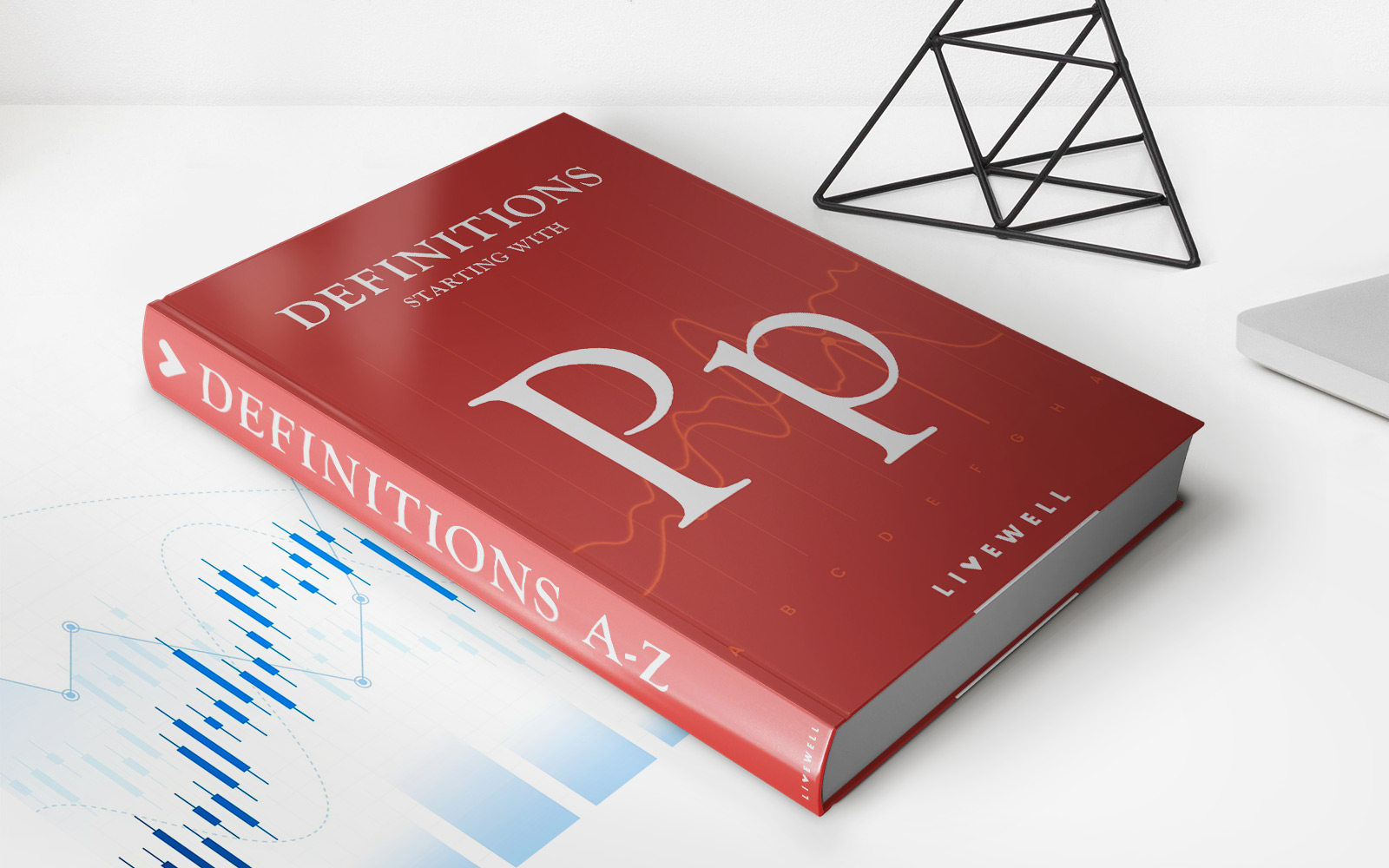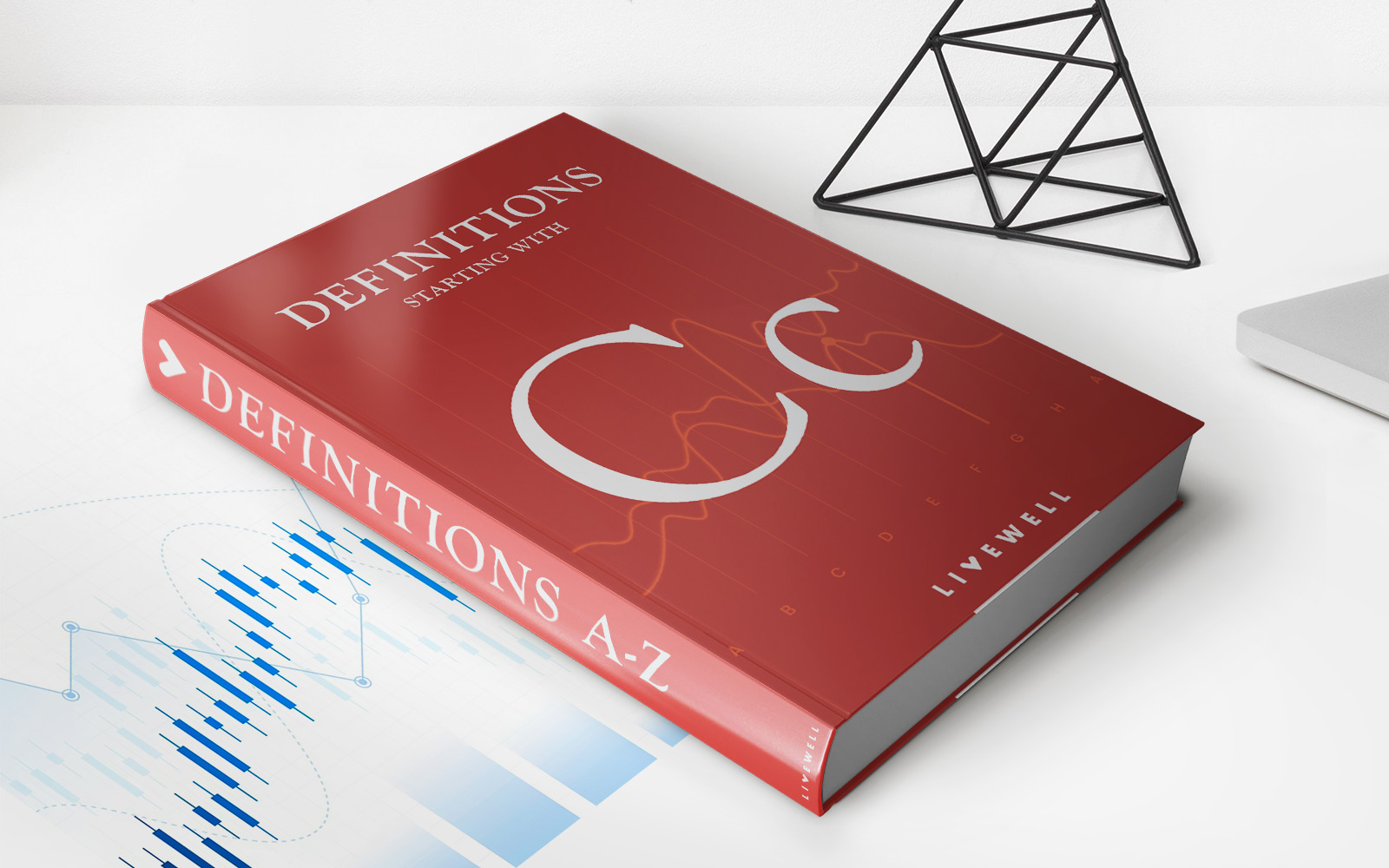

Finance
What Is MN Income Tax Rate
Published: November 2, 2023
Learn about the Minnesota income tax rate and how it affects your finances. Discover key information and insights on MN tax rates to make informed financial decisions.
(Many of the links in this article redirect to a specific reviewed product. Your purchase of these products through affiliate links helps to generate commission for LiveWell, at no extra cost. Learn more)
Table of Contents
Introduction
Welcome to our comprehensive guide on Minnesota income tax rates. If you’re a resident of Minnesota or earn income within the state, it’s important to understand how income tax rates are determined and how they may affect your financial situation. Minnesota, like most other states, imposes income tax on individuals and businesses.
Understanding Minnesota’s income tax system can be complex, but we’re here to break it down for you. In this guide, we will explain the basics of Minnesota income tax, including the tax brackets, deductions, credits, and forms you’ll need to file your taxes.
Minnesota income tax is used to fund various state programs and services, such as education, transportation, healthcare, and public safety. The tax revenue collected helps support the infrastructure and services that improve the quality of life for Minnesota residents.
Whether you’re a new resident, a seasoned taxpayer, or just curious about how taxes work in Minnesota, this guide will provide you with the information you need to navigate the state’s income tax system.
Before we dive deeper into the details, let’s begin by gaining a basic understanding of Minnesota income tax rates and how they are structured.
Understanding Minnesota Income Tax
Minnesota income tax is a progressive tax system, meaning that the tax rate increases as your income increases. The state uses a tiered tax structure, with different tax brackets based on your filing status and income level.
It’s important to note that Minnesota conforms to most provisions of the federal tax code, which means that your federal adjusted gross income (AGI) will serve as the starting point for calculating your Minnesota taxable income. However, there are some differences in how certain items are treated for state tax purposes.
In addition to regular income, Minnesota taxes other types of income as well. This includes income from dividends, interest, capital gains, and rental properties. It’s important to report all sources of income when filing your Minnesota tax return.
Minnesota residents are required to file a state income tax return if their income meets certain thresholds. The specific requirements can vary based on your filing status and age. It’s always a good idea to review the guidelines provided by the Minnesota Department of Revenue or consult with a tax professional to determine if you are required to file.
It’s worth noting that Minnesota offers some tax benefits for certain individuals and families. For example, there are deductions and credits available for things like child care expenses, education expenses, and homeownership. These deductions and credits can help reduce your overall tax liability, so it’s important to explore if you qualify for any of them.
Understanding Minnesota income tax is crucial to ensure compliance with state tax laws and to take advantage of any available tax benefits. In the next sections, we will explore the specific tax brackets and rates, as well as the process of calculating your Minnesota income tax.
Minnesota Income Tax Brackets
Minnesota has a progressive income tax system with four tax brackets. The tax rates vary depending on your filing status and income level. Here are the income tax brackets for the 2021 tax year:
- Single Filer:
- 5.35% on the first $27,770 of taxable income
- 7.05% on taxable income between $27,771 and $166,040
- 7.85% on taxable income between $166,041 and $276,080
- 9.85% on taxable income of $276,081 and above
- Married Filing Jointly or Qualifying Widow/Widower:
- 5.35% on the first $39,990 of taxable income
- 7.05% on taxable income between $39,991 and $266,700
- 7.85% on taxable income between $266,701 and $415,200
- 9.85% on taxable income of $415,201 and above
- Head of Household:
- 5.35% on the first $30,330 of taxable income
- 7.05% on taxable income between $30,331 and $194,050
- 7.85% on taxable income between $194,051 and $276,080
- 9.85% on taxable income of $276,081 and above
- Married Filing Separately:
- 5.35% on the first $19,995 of taxable income
- 7.05% on taxable income between $19,996 and $133,350
- 7.85% on taxable income between $133,351 and $207,600
- 9.85% on taxable income of $207,601 and above
It’s important to note that these income tax brackets are subject to change, so it’s always a good idea to check the latest information provided by the Minnesota Department of Revenue or consult with a tax professional.
Understanding the tax brackets will help you estimate your tax liability and plan your finances accordingly. Now, let’s move on to the next section to learn how to calculate your Minnesota income tax.
Calculating Minnesota Income Tax
Calculating your Minnesota income tax can seem daunting, but it’s a necessary step in fulfilling your tax obligations. To determine your tax liability in Minnesota, you’ll need to follow these general steps:
- Determine your taxable income: Start by calculating your federal adjusted gross income (AGI). This includes all sources of income, deductions, and adjustments allowed by the federal government. Once you have your AGI, you may need to make certain modifications to arrive at your Minnesota taxable income.
- Apply the appropriate tax bracket: Once you determine your taxable income, refer to the Minnesota income tax brackets based on your filing status. Identify the tax rate that corresponds to your income level and calculate the tax owed for each bracket.
- Factor in deductions and credits: Minnesota provides various deductions and credits that can help lower your overall tax liability. These may include deductions for student loan interest, contributions to a 529 savings plan, or credits for eligible dependents or education expenses. Make sure to review the available deductions and credits to maximize your potential tax savings.
- Calculate your total tax liability: After applying the tax brackets and factoring in deductions and credits, sum up the tax owed for each bracket to arrive at your final tax liability for the year. This will be the amount you need to report on your Minnesota income tax return.
It’s important to note that the calculations may vary depending on your individual circumstances, such as deductions, credits, and other factors. It’s always a good idea to consult with a tax professional or use tax software to ensure accurate calculations.
Additionally, Minnesota offers an alternative minimum tax (AMT) for high-income earners. The AMT is a separate tax calculation that ensures individuals with substantial deductions and credits still pay a minimum amount of tax. If you think you may be subject to the AMT, it’s important to factor that into your overall tax planning.
Now that you understand how to calculate your Minnesota income tax, let’s move on to the next section to explore deductions and credits that can potentially lower your tax liability.
Deductions and Credits
Minnesota provides various deductions and credits that can help reduce your overall tax liability. Understanding and taking advantage of these deductions and credits can result in significant tax savings. Here are some commonly used deductions and credits available to Minnesota taxpayers:
- Medical and Dental Expenses: If you have qualifying medical and dental expenses that exceed a certain percentage of your adjusted gross income, you may be able to deduct them on your Minnesota tax return. Keep in mind that there are certain limitations and requirements for claiming this deduction.
- Educational Expenses: Minnesota offers deductions and credits for eligible education-related expenses. This includes deductions for student loan interest payments and credits for higher education expenses, such as the Minnesota Education Credit or the Working Family Credit.
- Homeownership Deductions: If you own a home in Minnesota, you may be eligible for deductions such as the Homestead Credit or the Mortgage Interest Credit. These deductions can help lower your taxable income and reduce your overall tax burden.
- Child and Dependent Care Credit: Minnesota provides a credit for eligible child and dependent care expenses. This credit can help offset the cost of childcare, allowing families to save on their tax bill.
- Retirement Savings Credit: If you contribute to a qualified retirement savings plan, such as an Individual Retirement Account (IRA) or a 401(k), you may be eligible for a tax credit. This credit encourages retirement savings by reducing your tax liability.
- Energy Efficiency Credits: Minnesota offers credits for certain energy-efficient improvements made to your home. This includes things like installing solar panels, geothermal systems, or energy-efficient appliances. These credits not only help the environment but also provide tax incentives for homeowners.
These are just a few examples of the deductions and credits available in Minnesota. It’s important to review the Minnesota Department of Revenue’s guidelines or consult with a tax professional to determine which deductions and credits you may qualify for. Taking advantage of these opportunities can help reduce your tax liability and potentially increase your tax refund.
Now that you have an understanding of deductions and credits, let’s move on to the next section to explore the necessary tax forms for filing your Minnesota income tax.
Minnesota Tax Forms
When it comes to filing your Minnesota income tax, you’ll need to use the appropriate tax forms. The specific forms you need to fill out will depend on your individual circumstances, such as your filing status, income sources, and any deductions or credits you plan to claim. Here are some common tax forms used for filing Minnesota income tax:
- Form M1: This is the general income tax form for Minnesota residents. It is used to report your income, deductions, and credits.
- Form M1PR: If you are a homeowner or a renter and meet certain eligibility criteria, you may be able to claim a property tax refund. Form M1PR is used to apply for this refund.
- Form M1NR: Nonresidents and part-year residents of Minnesota use this form to report their Minnesota income and calculate their tax liability for the portion of the year they lived in Minnesota.
- Form M1W: If you are an employee and wish to adjust your withholding amounts, you can use Form M1W to update your Minnesota withholding exemptions.
- Form M15: Minnesota offers an alternative minimum tax for high-income earners. Form M15 is used to calculate the alternative minimum tax liability.
- Additional Schedules and Worksheets: Depending on your specific situation, you may need to fill out additional schedules and worksheets. For example, if you have self-employment income, you may need to complete Schedule C or Schedule SE.
These are just a few examples of the forms commonly used for Minnesota income tax filing. It’s important to visit the Minnesota Department of Revenue’s website or consult with a tax professional to determine which forms are applicable to your situation and ensure that you have the most up-to-date versions of the forms.
Furthermore, Minnesota offers electronic filing options, which can streamline the tax filing process and potentially result in faster refunds. Whether you choose to file electronically or by mail, make sure to carefully review your completed forms for accuracy and include any required supporting documentation.
Now that you’re familiar with the necessary tax forms, let’s move on to the next section to learn about the process of filing your Minnesota income tax.
Filing Minnesota Income Tax
When it comes to filing your Minnesota income tax, you have several options available to you. Here’s an overview of the different methods you can use to file your Minnesota income tax return:
- Electronic Filing: Filing your Minnesota income tax electronically is a convenient and efficient option. You can use tax software or online services approved by the Minnesota Department of Revenue to prepare and file your return. Electronic filing not only speeds up the processing of your return but also helps reduce the chance of errors. Plus, if you are eligible for a refund, you can often receive it faster through direct deposit.
- Paper Filing: If you prefer to file a paper return, you can download the necessary forms from the Minnesota Department of Revenue’s website or request them by mail. Fill out the forms accurately, include any required schedules or worksheets, and sign the return before mailing it to the appropriate address provided by the Department of Revenue.
- Free Tax Filing Assistance: If you need assistance with your tax return but cannot afford professional help, you may qualify for free tax filing assistance. Various organizations, such as AARP Tax-Aide or Volunteer Income Tax Assistance (VITA), offer free tax preparation services for eligible individuals and families.
- Extensions: If you need more time to file your Minnesota income tax return, you can request an extension. However, it’s important to note that an extension to file does not grant you an extension to pay your taxes. You must estimate your tax liability and make payment by the original due date to avoid any penalties or interest.
When filing your Minnesota income tax, ensure that you accurately report your income, deductions, and credits. Double-check all calculations and review the return for any errors or omissions. Keep copies of your filed tax return, supporting documents, and any correspondence with the Minnesota Department of Revenue for your records.
It’s important to remember that the filing deadline for Minnesota income tax is typically the same as the federal tax filing deadline, which is April 15th. However, if April 15th falls on a weekend or holiday, the deadline may be extended to the following business day.
Now that you have a better understanding of the filing process, let’s address some common questions about Minnesota income tax.
Common Questions about Minnesota Income Tax
As you navigate the world of Minnesota income tax, you may come across various questions and uncertainties. Here are answers to some common questions that taxpayers often have:
1. What are the residency requirements for filing Minnesota income tax?
To be considered a resident of Minnesota for tax purposes, you must either maintain a permanent home in the state or spend at least 183 days of the year in Minnesota. If you meet either of these criteria, you are generally required to file a Minnesota income tax return.
2. Can I claim deductions and credits if I’m a part-year resident of Minnesota?
Yes, as a part-year resident of Minnesota, you can claim deductions and credits based on the portion of the year you lived in the state. Make sure to prorate your deductions and credits according to the number of days you resided in Minnesota.
3. Is Social Security income taxable in Minnesota?
In most cases, Social Security income is not taxable in Minnesota. The state follows the federal tax laws regarding the taxation of Social Security benefits. However, if you have significant other income sources, a portion of your Social Security benefits may become taxable.
4. Are pension distributions subject to Minnesota income tax?
Minnesota generally follows the federal rules on taxing pension and retirement plan distributions. If you received pension income from a retirement plan that was not taxed by Minnesota during your contributions, the distributions will generally be taxable in Minnesota when received.
5. Do I need to report out-of-state income on my Minnesota tax return?
Yes, as a Minnesota resident, you are required to report all income earned from both in-state and out-of-state sources on your Minnesota tax return. You may also be eligible to claim a credit for taxes paid to another state on your Minnesota return to avoid double taxation.
6. What should I do if I can’t pay my Minnesota income tax in full?
If you are unable to pay your Minnesota income tax in full, it’s important to still file your return on time to avoid any late filing penalties. You can contact the Minnesota Department of Revenue to discuss payment options, such as setting up a payment plan or negotiating a reduced payment amount based on your financial situation.
7. How long should I keep my Minnesota tax records?
It is recommended to keep your Minnesota tax records, including copies of tax returns and supporting documents, for at least three years. However, in certain cases, such as if you underreported income or filed a fraudulent return, you may need to keep records for a longer period of time.
Remember, these are general answers to common questions, and individual circumstances may vary. If you have specific questions about your Minnesota income tax situation, it’s always best to consult with a tax professional or the Minnesota Department of Revenue for personalized guidance.
Now, let’s conclude our guide on Minnesota income tax.
Conclusion
Congratulations! You’ve reached the end of our comprehensive guide on Minnesota income tax. We hope this resource has provided you with a clear understanding of how Minnesota income tax works and how it may impact your financial situation.
Throughout this guide, we explored the basics of Minnesota income tax, including the progressive tax structure, tax brackets, deductions, credits, and the filing process. Understanding these elements is crucial for ensuring compliance with Minnesota tax laws and maximizing any available tax benefits.
Remember to stay informed about any updates or changes to Minnesota income tax laws and regulations. The Minnesota Department of Revenue’s website is an excellent resource for finding the most up-to-date information and forms you may need for filing your taxes.
Finally, if you ever feel overwhelmed or uncertain about your Minnesota income tax obligations, don’t hesitate to seek professional assistance. Consulting with a tax professional can provide you with personalized advice tailored to your specific financial circumstances.
Thank you for taking the time to read our guide. We hope it has equipped you with the knowledge and confidence to navigate the world of Minnesota income tax with ease. Good luck with your tax preparations and filing!
